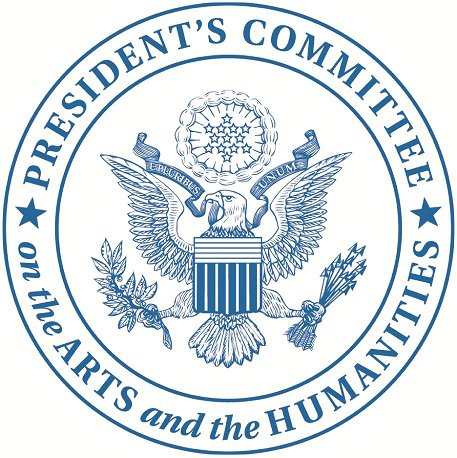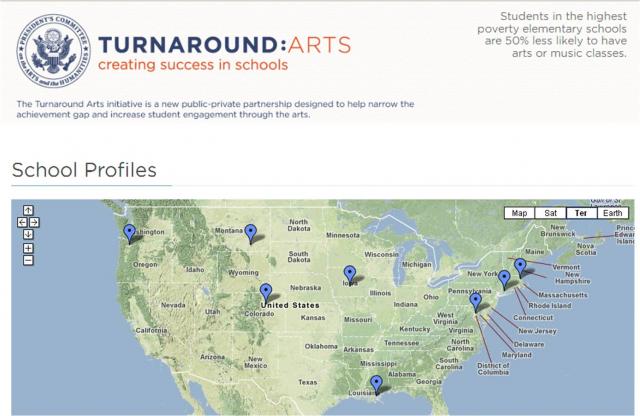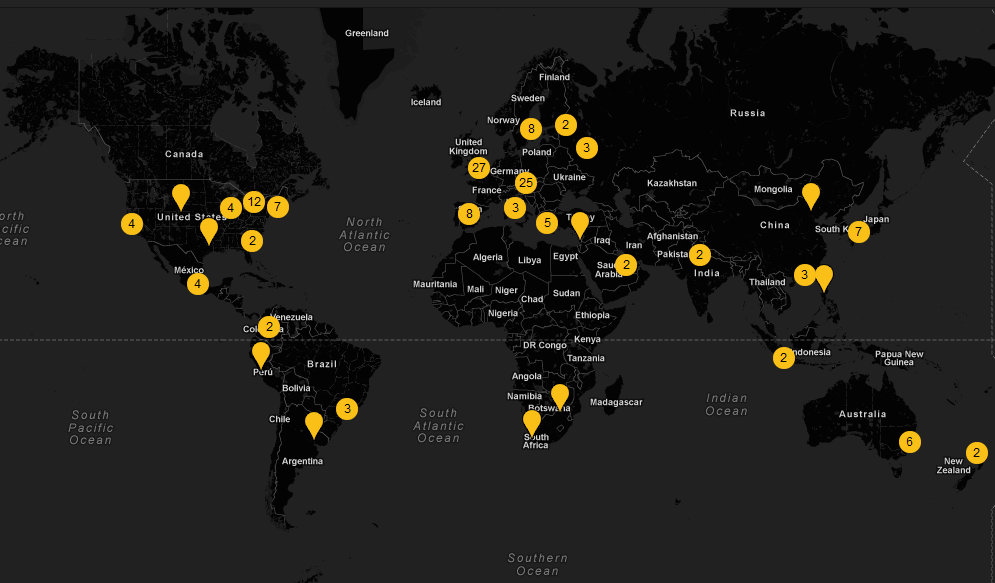It’s a hot-topic today, complete with nifty acronyms, but the great debate about the “Two Cultures” is hardly a new one. The movement to  incorporate “Art” in the STEM (Science, Technology, Engineering, and Mathematics) program curriculum recalls the historic debate between the Sciences and the Arts (for more information on the debate, read C.P Snow's short essay, "The Two Cultures”). The irony of their supposed polarity is the fact they are completely interrelated. To say that the field of Engineering involves and is influenced by nothing more than “scientific” fundamentals is to say a peanut butter and jelly sandwich is made with nothing more than peanut butter. And we all know that is just plain silly, and only half the sandwich.
incorporate “Art” in the STEM (Science, Technology, Engineering, and Mathematics) program curriculum recalls the historic debate between the Sciences and the Arts (for more information on the debate, read C.P Snow's short essay, "The Two Cultures”). The irony of their supposed polarity is the fact they are completely interrelated. To say that the field of Engineering involves and is influenced by nothing more than “scientific” fundamentals is to say a peanut butter and jelly sandwich is made with nothing more than peanut butter. And we all know that is just plain silly, and only half the sandwich.
“The arts can no longer be treated as frill. Arts education is essential to stimulating the creativity and innovation that will prove critical to young Americans competing in a global economy.”- U.S Secretary of Education, Arne Duncan
Ask an engineer (go ahead, I did) if they have ever turned to creative problem solving in their work, prototype building, model-making, or taken a course in design as part of their program’s curriculum. A course in design teaches an engineer the artistic and creative fundamentals they then apply to engineering-specific projects and solutions. Need a second opinion? Ask the Chief Financial Officer (CFO) at any company if they have ever pulled out a dry-ease marker and taken it to the white-board to diagram the effects of a potentially risky investment or visualize projections for the next quarter. Visual studies and applications are an integral component of STEM professions.
“The idea that we must choose between science and humanities is false”- Dr. Alan Brinkley, in the article “Half a Mind is a Terrible Thing to Waste,” Newsweek
So let's take a look at two different schools representing both “sides” of the "Two Cultures" debate. Perhaps you will agree with me that these two fields are not as mutually exclusive as some have explained them to be. In fact, it appears they are, dare I say, mutually interdependent.
One of the world's premier design schools, the Rhode Island School of Design (RISD), is leading the discussion with the initiative, STEM to STEAM. What follows is a description of RISD's position as published on the school's webpage:
“RISD offers endless examples of how art and design education teaches the flexible thinking, risk-taking and creative problem solving needed to solve today’s most complex and pressing challenges – from healthcare to urban revitalization to global warming.”
[embed]http://vimeo.com/48817744[/embed]
Ok. So now let’s head to one of the world's leading institutions for technology studies: Massachusetts Institute of Technology (MIT). MIT’s position on the STEM verses STEAM debate, as published online by the school, is as follows:
“In the current moment of economic uncertainty, America is once again turning to innovation as the silver bullet that will guide us forward. Yet in the eyes of many leaders, innovation seems tightly coupled with Science, Technology, Engineering, and Math–the STEM subjects. We need to add "Art" to turn STEM into STEAM.
Artists and designers make information more understandable, products more desirable, and new invention possible through the project-based inquiry that has long been practiced in the art studio. By investing in art/science collaborations in research and education we can keep America at the forefront of innovation, ensuring our sustained global leadership and cultural prosperity in the 21st century.”
At this point in my academic and professional career, I simply cannot fathom how true innovation can result without art and design. Design in and of itself has become a differentiating factor for American products in the global and increasingly competitive marketplace. Incorporating art and design in the STEM program will create a new generation of creative thinkers, doers and problem solvers, capable of innovating in an interdisciplinary context and world. Be it the Opening Ceremony at the Olympics, the iPhone, or the chemist restoring frescoes in Florence, Italy, art, design, science, technology, engineering, and mathematics are constantly at work together- equal weight must be given to art and design in school curricula across the country. Need I remind you that the world's greatest scientists, thinkers, and mathematicians were also poets, painters, and musicians. As Rebecca Ryan (founder of Next Generation Consulting) so brilliantly included in an October 2012 article, "Why STEM Isn't Working" in Madison Magazine, “Einstein’s theory of relativity, for example, came to him when he was participating in what he called “musical thinking.””
“Artists and scientists both ask big questions; designers and engineers both provide inspired solutions. Together they are more powerful than apart.” - RISD
I am most likely preaching to the choir, I am confident our TitA followers are already on board with the STEM to STEAM movement. I ask you to take your advocacy one step further by sending a letter to your Members in Congress or by contacting an elected official asking them to co-sponsor H.Res. 319: Expressing the sense of the House of Representatives that adding art and design into Federal programs that target the Science, Technology, Engineering, and Mathematics (STEM) fields encourages innovation and economic growth in the United States.










